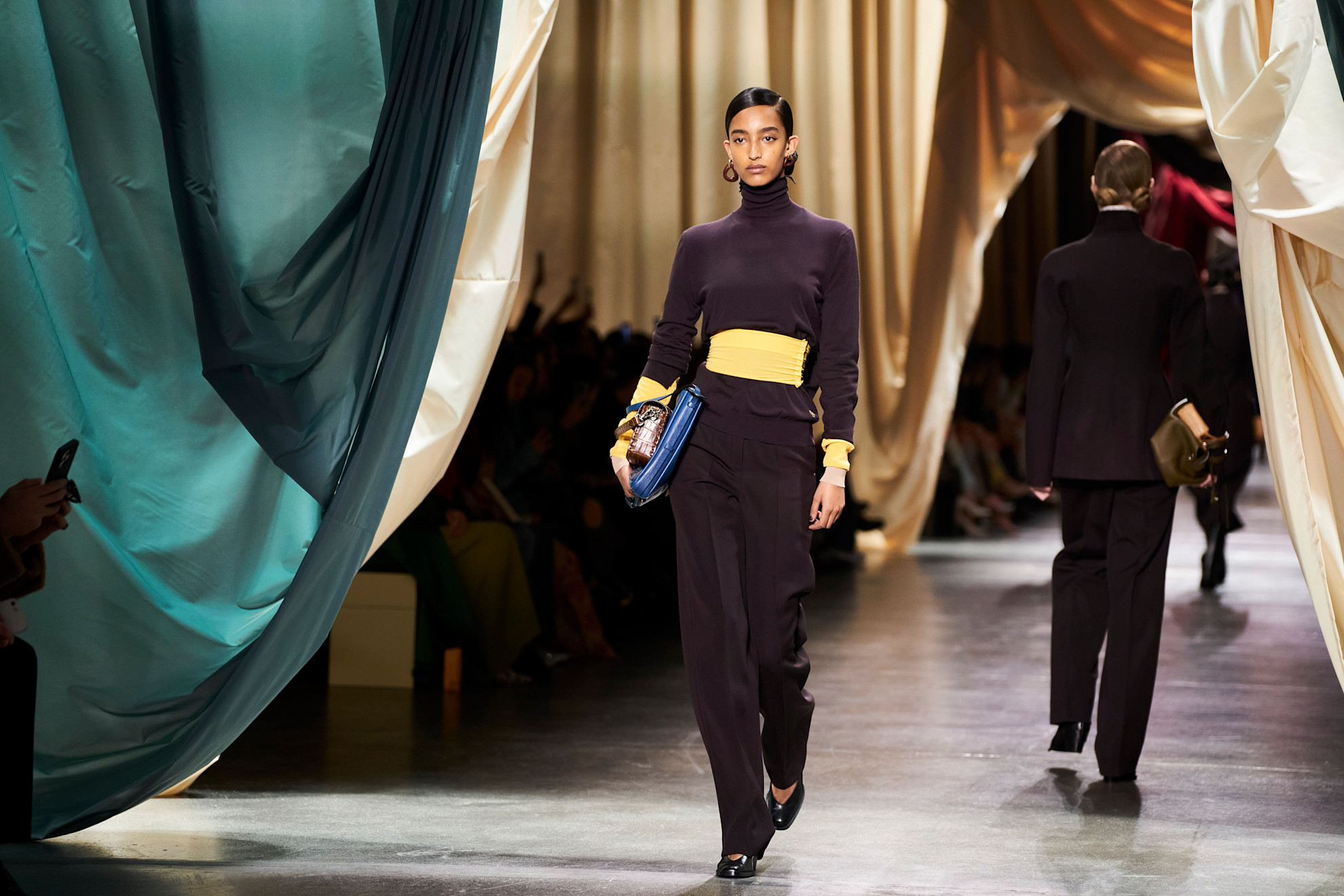Optimism and High Stakes: Milan Fashion Week Presses Forward Amid Economic Uncertainty
Milan Fashion Week is set to unfold from February 25 to March 3, bringing a much-needed boost to the city’s economy despite a challenging global landscape. With geopolitical instability, looming tariff concerns, and weakened domestic demand shaping the backdrop, the event remains a powerful force of commerce and cultural influence. The local municipality estimates a significant €185 million in economic impact, spanning retail, hospitality, and transportation, as international visitors flock to the fashion capital.
The week’s packed schedule features 153 events, including 56 physical shows, six digital presentations, and nearly 70 showroom appointments. While Bottega Veneta will forgo a runway show amid its creative transition from Matthieu Blazy to Louise Trotter, the brand will make its presence felt with the unveiling of its new Milan headquarters, Palazzo San Fedele, on March 1—an event accompanied by a special performance and collaboration with Casa Mollino. Other notable shifts include the absence of Del Core and GCDS, while Gucci opens the week with its “unified” show at a yet-to-be-disclosed location, followed by Iceberg and N.21.
Among the most anticipated moments is Lorenzo Serafini’s first collection for Alberta Ferretti, K-Way’s 60th-anniversary show under BasicNet Group, and Dsquared2’s coed runway celebrating its 30th year. However, all eyes will be on Fendi’s centennial event on February 26—an anniversary collection now entirely helmed by Silvia Venturini Fendi following Kim Jones’s departure. Meanwhile, Giorgio Armani’s 50th anniversary looms over the season, though no official celebrations have been announced.
February 27 promises a powerhouse lineup with Max Mara, Prada, Emporio Armani, MM6 Maison Margiela, Roberto Cavalli, and David Koma’s debut for Blumarine. The momentum continues with Missoni’s first show under Alberto Caliri, followed by a roster that includes Ferrari, Ferragamo, and Bally. In a nod to emerging talent, the Italian fashion chamber is spotlighting new names such as Francesco Murano, Giuseppe Di Morabito, and Institution by Galib Gassanoff, alongside independent labels like Lessico Familiare, Denisa Rad, Edis Pala, Lorenzo Seghezzi, and Bergie by Giorgia Andreazza.
Despite the energy surrounding the event, industry figures remain cautious. Carlo Capasa, chairman of Milan Fashion Week’s organizing body, acknowledged that fashion sector sales are expected to contract by 5.3% in 2024, reaching €96 billion—though a slight recovery was seen in the final quarter of last year. While exports remain a crucial driver, their projected growth has slowed to 2.5%, totaling €91 billion. Yet, as the week approaches, Milan Fashion Week stands poised to reassert the strength of Italian fashion, proving that creative resilience can outshine economic headwinds.
